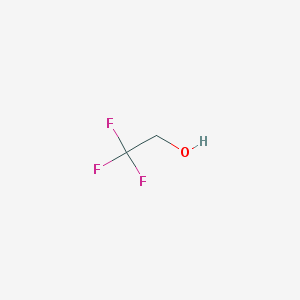Big fish eat small fish, and pharmaceutical giants start the mode of "buy buy buy"
-
Last Update: 2019-06-18
-
Source: Internet
-
Author: User
Search more information of high quality chemicals, good prices and reliable suppliers, visit
www.echemi.com
[pharmaceutical Station industry trends] on June 17, pharmaceutical giant Pfizer announced a merger agreement with array biopharma, agreeing to purchase array for $48 per share in cash, with a total value of about $11.4 billion The board of directors of the two companies has approved the merger Array biopharma is a biopharmaceutical company focusing on the discovery, development and commercialization of targeted small molecule drugs to treat cancer and other unmet needs Pfizer said the acquisition of array will further strengthen Pfizer's innovative biopharmaceutical business, which is expected to greatly help its long-term growth, and create a potential colorectal cancer franchise for Pfizer's existing breast and prostate cancer areas Upon completion of the transaction, array employees will join Pfizer as part of Pfizer's cancer research and development network Pfizer expects to finance most of the deal through debt and existing cash balances, and will provide an explanation when its third quarter 2019 results are released, with the acquisition expected to be completed in the second half of 2019 The industry said that in recent years, pharmaceutical companies are facing fierce competition, pharmaceutical giants increasingly rely on innovative heavyweight drugs listed to drive performance, and some small and medium-sized biomedical companies have become the "Darling" of the giants in the market Coupled with the volatility and decline of pharmaceutical stocks in 2018, pharmaceutical companies need high-performance drug sales performance in 2019 In fact, since the beginning of 2019, the merger and acquisition of pharmaceutical giants has been started In January, Bristol Myers Squibb announced that it would buy new base for $74 billion; Lilly then announced that it would buy Loxo oncology for $235 / share in full cash, with a total transaction value of about $8 billion; Takeda pharmaceutical also announced the completion of the acquisition of rare disease company shire, with a transaction value of about $62.4 billion The purpose and emphasis of M & a strategy of large pharmaceutical enterprises are different As far as the purpose is concerned, many enterprises make decisions for long-term strategy, but some of them are to fill the gap of R & D line in the short and medium term, and resolve the pressure of performance growth As far as the focus is concerned, many large pharmaceutical companies consider the industry trend, transaction price, pipeline complementarity, scale effect, competition, sharing R & D investment and other factors However, in terms of the direction of M & A, from the perspective of industry analysis, anticancer drugs are still the trading areas that both sides of M & A attach great importance to, followed by central nervous system diseases, diagnosis and infectious diseases In addition, the field of rare diseases has gradually become a new hot spot of M & A in recent years, such as Takeda's acquisition of shire, which has successfully brought Takeda into the world's first-line pharmaceutical giant The combined annual revenue of Takeda pharmaceutical will exceed 30 billion US dollars, mainly from the business areas of tumor, digestion, neuroscience, rare diseases and blood products In general, M & A is still a common phenomenon in the pharmaceutical industry, and it is also the future trend of the pharmaceutical industry For some innovative pharmaceutical companies, because of the great pressure of the follow-up financial support, the way of merger is conducive to improving competitiveness In addition, from the perspective of industry and product, companies with similar R & D routes and only one or two products have higher operational risk, while M & A can reduce the risk rate However, in terms of post investment management, there are also certain risks after the acquisition of innovative drug companies by generic companies or external industry capital It is necessary to establish a reasonable mechanism for management and have sufficient funds to support research and development.
This article is an English version of an article which is originally in the Chinese language on echemi.com and is provided for information purposes only.
This website makes no representation or warranty of any kind, either expressed or implied, as to the accuracy, completeness ownership or reliability of
the article or any translations thereof. If you have any concerns or complaints relating to the article, please send an email, providing a detailed
description of the concern or complaint, to
service@echemi.com. A staff member will contact you within 5 working days. Once verified, infringing content
will be removed immediately.







